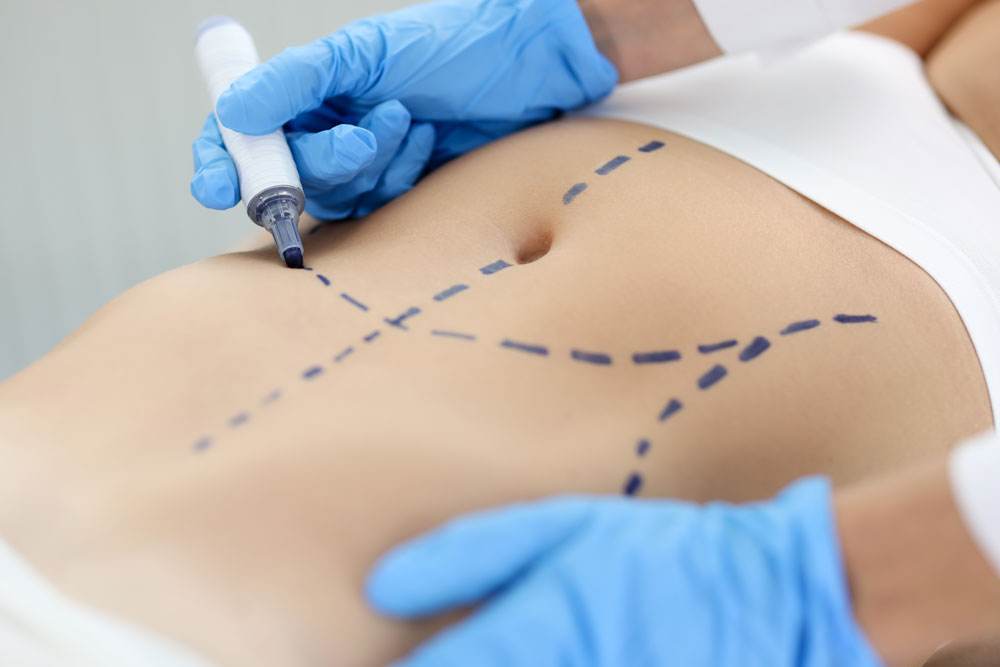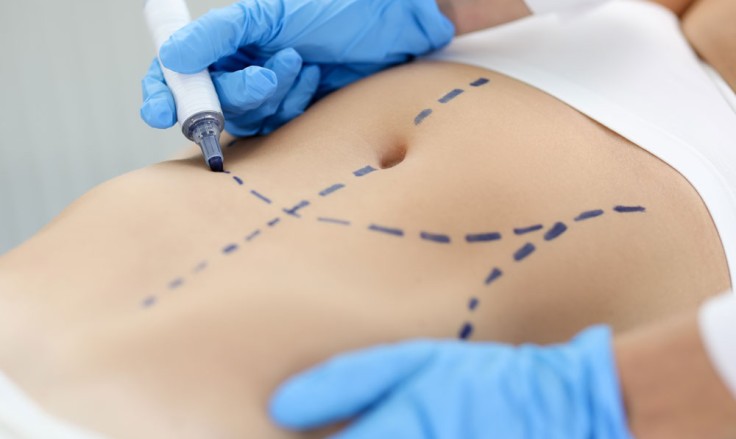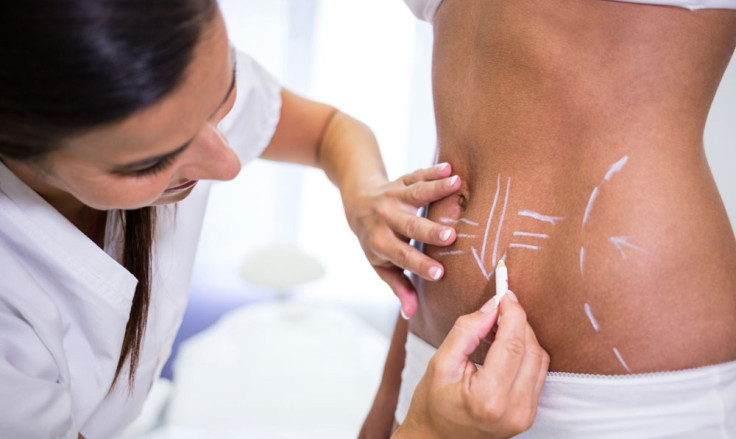Achieving Abdominoplasty Success: 5 Must-Follow Steps
Introduction
Abdominoplasty is commonly known as a tummy tuck. It can be a life-changing procedure that transforms your midsection and boosts your confidence. However, surgery is only one part of the equation. Achieving successful abdominoplasty also depends on proper preparation and a dedicated recovery process. Many patients ask, “What can I do to ensure the best outcome after my tummy tuck?”. This article outlines five must-follow steps designed to help you achieve a successful abdominoplasty. We will discuss everything from pre-operative preparation to long-term lifestyle adjustments that support healing. By following these expert tips you can speed up your recovery. You can minimise complications and enjoy a smoother transition to your new, contoured figure.
Step 1: Comprehensive Pre-Operative Preparation
Preparation is the cornerstone of any successful surgery. Before your abdominoplasty, schedule a thorough medical evaluation with your surgeon. This evaluation should include a detailed review of your medical history, blood tests, and imaging studies. Your surgeon needs to ensure that you are a suitable candidate. They will flag any potential risks so they can be minimised.
In addition to the medical evaluation, focus on preparing your body. Follow any pre-operative guidelines your doctor provides. These might include stopping smoking or adjusting medication routines. Also patients are often asked to follow a specific diet for several days prior to the procedure. For example, avoiding smoking is critical because it can reduce blood flow and delay healing. Organise your home to support a comfortable recovery. Set up a quiet space with easy access to essentials. Arrange for assistance during the first few days post-surgery.
Step 2: Follow a Strict Post-Operative Care Plan
After surgery, your recovery is heavily influenced by how well you follow your post-operative care plan. This plan is designed to minimise complications and promote healing. Your surgeon will provide detailed instructions on wound care. They will inform you of medication schedules and activity restrictions. Adhering strictly to these guidelines is crucial.
Pain management is a significant part of post-operative care. You will likely be prescribed painkillers to control discomfort. It is essential to take them as directed. Ice packs can also help reduce swelling and ease pain during the first 48 hours. Apply ice for 15 minutes at a time, ensuring you protect your skin with a cloth.

Step 3: Gradually Reintroduce Physical Activity
While rest is essential in the initial days following surgery, gradually reintroducing physical activity is vital for boosting circulation and promoting healing. In the first one to four weeks post-surgery, focus on light activities. Short, gentle walks can help improve blood flow. They reduce the risk of blood clots without overexerting your body.
After this initial phase, you can slowly start incorporating more structured, low-impact exercises. From weeks five to twelve, consider adding gentle stretching, stationary cycling, or yoga into your routine. These activities help strengthen your core and improve overall fitness, which is essential for maintaining the results of your abdominoplasty. However, it is imperative to avoid strenuous exercise. Also avoid heavy lifting until your surgeon confirms that your body has fully healed.
Step 4: Adopt a Nutrient-Rich Diet and Stay Hydrated
Nutrition is a cornerstone of effective recovery. A balanced, nutrient-rich diet provides the building blocks for tissue repair. It helps reduce inflammation. Focus on consuming lean proteins, such as chicken, fish, tofu, or legumes. These are essential for muscle regeneration. Incorporate a variety of fruits and vegetables to supply vitamins and antioxidants that support healing. Whole grains and healthy fats, found in foods like avocados, nuts, and olive oil, offer sustained energy and promote a healthy metabolism.
Staying hydrated is equally important. Aim to drink at least eight glasses of water per day. Proper hydration aids in flushing out toxins and supports the natural healing process.
Step 5: Embrace Long-Term Lifestyle Changes
Achieving successful abdominoplasty is not limited to the surgical procedure itself. It extends into long-term lifestyle changes. Once the initial recovery phase is complete, it is important to adopt habits that will preserve your results. Regular exercise, a balanced diet, and ongoing medical check-ups are essential for maintaining a firm, contoured abdomen.
Incorporate both aerobic and strength training exercises into your routine. A consistent exercise regimen helps prevent weight gain and supports overall health. Equally, stress management techniques can contribute to a smoother recovery and a healthier mindset. For example, try yoga or meditation.
Conclusion
To summarise, achieving successful abdominoplasty is a multifaceted process that extends far beyond the surgery itself. Initially, comprehensive pre-operative preparation and strict adherence to post-operative care are vital. Gradually reintroduce physical activity and adopt a nutrient-rich diet. Additionally, staying hydrated plays crucial roles in speeding up recovery. Moreover, embracing long-term lifestyle changes ensures that you maintain the benefits of your procedure for years to come. Follow these expert abdominoplasty recovery tips. This means you can enjoy a smoother healing process and a transformed, confident appearance.
For more information on abdominoplasty and to book a consultation visit the ACIBADEM Beauty Center Tummy Tuck webpage.




